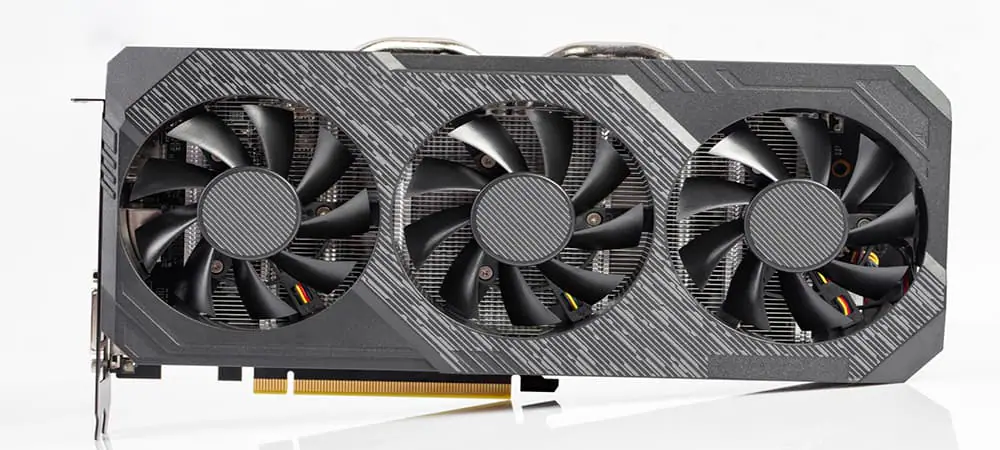The Role of GPUs in Modern AI Development
The evolution of Artificial Intelligence (AI) has been significantly accelerated by the advent and proliferation of Graphics Processing Units (GPUs). Unlike traditional Central Processing Units (CPUs), which are designed for general-purpose processing, GPUs are specialized for handling parallel processing tasks. This distinction is crucial in AI development, where the ability to process large-scale data and execute complex computations simultaneously is paramount.
GPUs offer a multitude of technical advantages that make them indispensable in the AI landscape. One of the primary benefits is their architecture, which is optimized for the parallel execution of thousands of threads. This capability is particularly beneficial for training machine learning models and deploying deep learning algorithms, as it allows for the simultaneous processing of multiple data points. Consequently, tasks that would take days on a CPU can often be completed in a matter of hours on a GPU.
Various AI applications rely heavily on the power of GPUs to function effectively. Machine learning and deep learning, for instance, require the ability to process vast amounts of data to identify patterns and make predictions. Neural networks, particularly those with multiple layers, benefit immensely from the parallel processing capabilities of GPUs. Natural language processing (NLP) tasks, such as sentiment analysis and machine translation, also leverage GPU technology to handle the extensive computational workload.
Real-world applications further underscore the critical role of GPUs in AI development. In the realm of autonomous vehicles, GPUs enable real-time processing of data from numerous sensors to make split-second decisions. Facial recognition systems utilize GPUs to analyze and compare facial features with high accuracy and speed. Predictive analytics in various industries, from finance to healthcare, depend on GPUs to sift through massive datasets and generate actionable insights.
Overall, the integration of GPUs in AI development has not only enhanced the efficiency and speed of computations but has also paved the way for innovations that were previously considered unattainable. As AI continues to evolve, the symbiotic relationship between these two technologies will undoubtedly play a pivotal role in shaping the future of various industries.
Market Dynamics: Factors Driving High GPU Demand
The exponential growth in artificial intelligence (AI) research has significantly influenced the demand for high-performance GPUs. As AI projects become more complex and computationally intensive, the need for robust hardware capable of handling vast datasets and intricate algorithms has surged. This has led to increased investment in AI startups and large-scale projects, further amplifying the demand for advanced GPUs. Companies and research institutions are continuously seeking to push the boundaries of AI, necessitating the acquisition of cutting-edge GPU technology to maintain competitive advantage and drive innovation.
In addition to AI, other technological trends have exacerbated the strain on GPU supply chains. Cryptocurrency mining, for instance, requires substantial computational power, leading miners to procure large quantities of high-performance GPUs. The gaming industry, too, has seen a surge in demand for sophisticated graphics cards, driven by the release of more graphically demanding games and the growing popularity of virtual reality (VR) and augmented reality (AR) experiences. These parallel demands from diverse sectors have collectively intensified the pressure on GPU availability.
Major GPU manufacturers, such as NVIDIA and AMD, have implemented various strategies to address this heightened demand. Both companies have focused on scaling production capabilities, investing in new manufacturing technologies, and expanding their product lines. NVIDIA, for instance, has introduced its Ampere architecture, which promises significant performance gains for both AI and gaming applications. AMD, on the other hand, continues to enhance its RDNA architecture to cater to the exploding needs of the gaming community and professional sectors alike.
The implications of this demand surge are far-reaching. Consumers and businesses can expect potential supply shortages and price fluctuations as manufacturers struggle to keep pace with the burgeoning demand. For the broader tech industry, the current landscape underscores the critical importance of innovation and agility in production processes. As AI and other tech trends continue to evolve, the future outlook for GPU availability will hinge on the industry’s ability to adapt and meet these growing demands efficiently.

